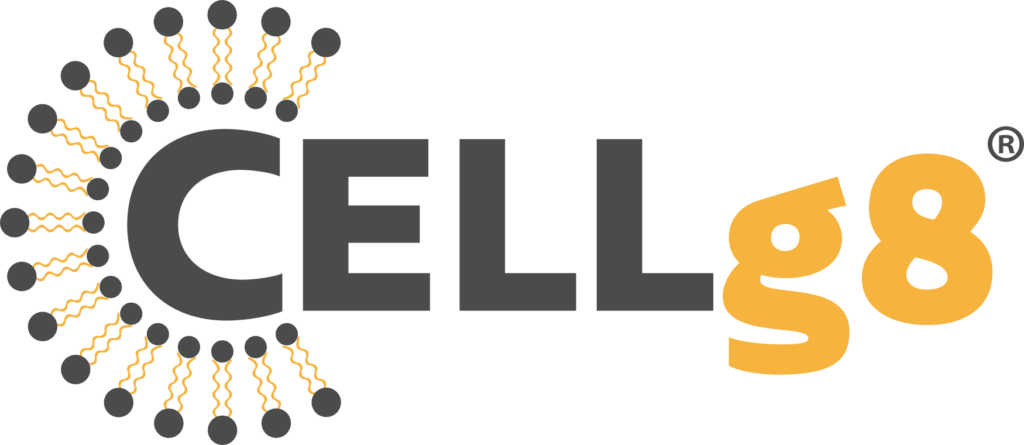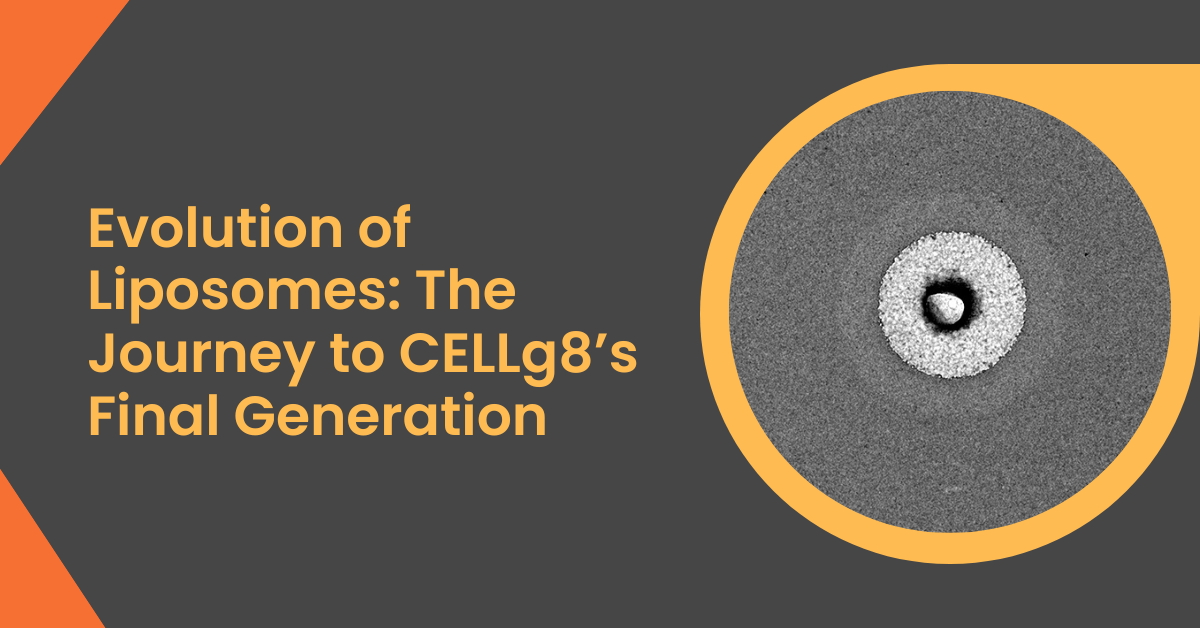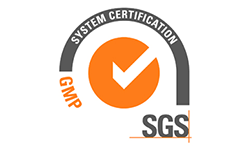Liposomes, essentially minute spheres composed of phospholipid bilayers, have been the subject of extensive scientific study since their discovery in the mid-20th century. Initially identified as potential drug delivery vehicles, they have experienced a massive leap forward in terms of sophistication and practical utility. CELLg8 has been a prominent leader, now on its final 8th generation of liposomal technology.
To fully appreciate the significance of this achievement, we need to delve into the history of liposomal technology, examine the key developments over the years, and then bring the focus on the cutting-edge technology that CELLg8 has been offering in its successive generations.
The Emergence of Liposomes
Since the 1960s, liposomes have been touted as an attractive solution for targeted drug delivery. Early designs were primarily first-generation liposomes, characterized by a straightforward architecture: concentric phospholipid bilayers encapsulating an aqueous core. These nanoscale vesicles provided a means to protect sensitive pharmaceuticals from degradation while in transit to their site of action, or to deliver drugs that would otherwise be toxic if not shielded.
However, these early liposomes had a host of challenges to surmount. Their stability in the body was questionable, with a tendency to leak their contents prematurely or be rapidly cleared from circulation. They were also relatively difficult to produce in large quantities and faced problems regarding consistency in size and drug loading.
Advances in Liposomal Technology
Through the years, researchers refined the original liposomal concept, tackling these challenges head-on. Advances in the field led to longer-circulating liposomes by the inclusion of polyethylene glycol (PEG) in the late 1980s, a leap forward often considered the second generation of liposomes. Further, the development of triggered release mechanisms marked the third generation, where liposomes could be stimulated to release their contents on-demand at the target site, providing even greater specificity.
As the new millennium dawned, liposome technology became more sophisticated. Fourth-generation liposomes, otherwise known as ‘immunoliposomes’, were developed to bind to specific cells or tissues through the addition of targeting ligands, enhancing the precision and effectiveness of drug delivery.
The Evolution of CELLg8 Technology
Over time, CELLg8 took up the mantle of leading liposomal innovation. With a commitment to enhancing the bioavailability of dietary supplements, we spearheaded the development of new liposomal generations, each marked by a substantial leap in technology.
CELLg8’s progression from its first generation to its final eighth generation has been nothing short of remarkable. Each generation brought with it advanced modifications, each striving to improve bioavailability, stability, and consistency of our liposomes. CELLg8’s liposomes evolved to include significant developments such as enhanced encapsulation techniques, the use of natural, non-GMO ingredients, and advanced stabilization techniques to extend the shelf-life of products.
CELLg8’s final generation is the culmination of years of research and development, reflecting the advances in the field of biochemistry. The latest liposomes have demonstrated exceptional efficacy in delivering a range of compounds, from vitamins and minerals to more complex pharmaceuticals, ensuring that they reach the intended site of action in the body with improved efficiency.
With CELLg8’s final generation, we see a solution that finally answers the demands of the initial vision for liposomes: a safe, effective, and highly targeted means of delivering therapeutic and nutritional compounds. The strides made by CELLg8 reflect not just the potential of liposomal technology but also highlight the extent to which dedicated research and development can push the boundaries of what’s possible in medicine and health.
The journey of liposomes from their rudimentary beginnings to the complex, advanced structures of CELLg8’s final generation is a testament to the relentless human endeavor for bettering health outcomes. It’s a narrative of how science, persistence, and ingenuity can transform a concept into reality.







